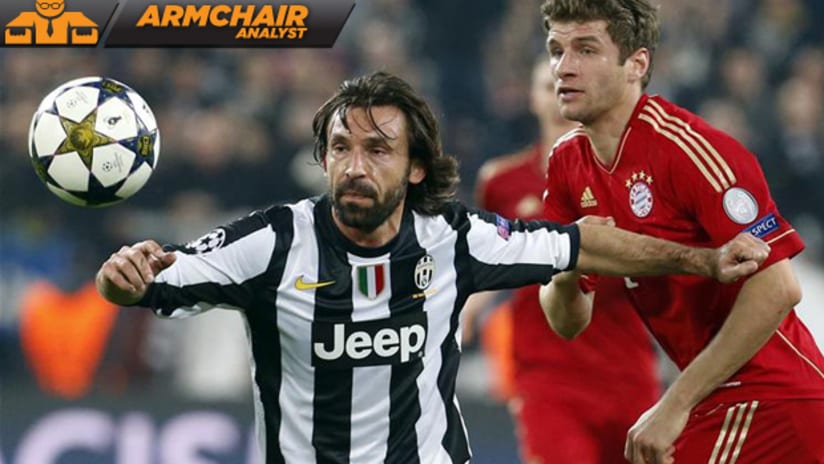This is the final entry in a three-part look at the evolution of the playmaker, and how teams either disguise the movement of the de-facto No. 10, or play without one entirely.
The end product is that, in large part, playmakers have shifted to other spots on the pitch. We took a pretty thorough look at this in Parts I and II, showing how guys who start in the central channel tend to drift outside to play the game-breaking pass – think David Ferreira, Javier Morales or Diego Valeri. Then there are the guys who actually begin the match out on the flanks, like Brad Davis or Mauro Rosales, but nonetheless take up a large portion of the “ball possession and tempo setting” part of the job traditionally associated with the classic No. 10.
It’s not just players who have shifted, though; it’s responsibilities. Play deep in midfield, do you? Well, you’d better be adept at more than just breaking up attacks. You’d better know how to initiate them as well.
Playmakers Part I: Evolving role of the No. 10
In Italy, the deep-lying playmaker is called the “regista,” and it’s a position that’s existed far longer than the last dozen or so years. But it’s only really come into vogue over that time span, with more and more teams putting their best passer in that spot.
Between the Lines: The new Italian Influence
Why? Because with the defensive emphasis on the “hole” underneath the forward line – the spot where the traditional playmaker operates, and still the spot that presents the most danger in the modern game – registas have more time and space to pick their passes, and “time and space” is the currency with which soccer games are won.
Sure, you can press them. But if you do, you’re stretching to do so, and all it takes is one guy out of position for the best registas to punish you. Patrice Bernier for Montreal and FC Dallas newcomer Michel have shown that week after week after week this season, and there seems to be no sign that either will slow down.
So these guys – who are really No. 8s, but like old-style No. 10s continue to operate primarily from the central channel – have started to take on many of the attacking responsibilities traditionally associated with the classic playmaker. Andrea Pirlo, Xabi Alonso and Xavi are the three best and best-known registas, and arguably the three best passers in the world (I’d drop Xabi Alonso for Andrés Iniesta, who is more of an inside-out modern playmaker, but the point is that all these guys are really good).
Playmakers Part II: What Klinsmann can learn from LD
Regardless, you probably recognize them from trophy presentations all over the world. Teams that know how to use their most skilled players win. Period.
Does it mean that the classic No. 10 is dead? My gut reaction is “probably.” Ours is a more mobile game now than it was 20 years ago, and universality demands that there are fewer and fewer specialists out on the field for the very best teams.
But hey, at least now the sweeper will have company in the dust-bin of history.














